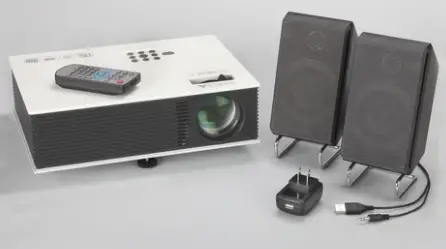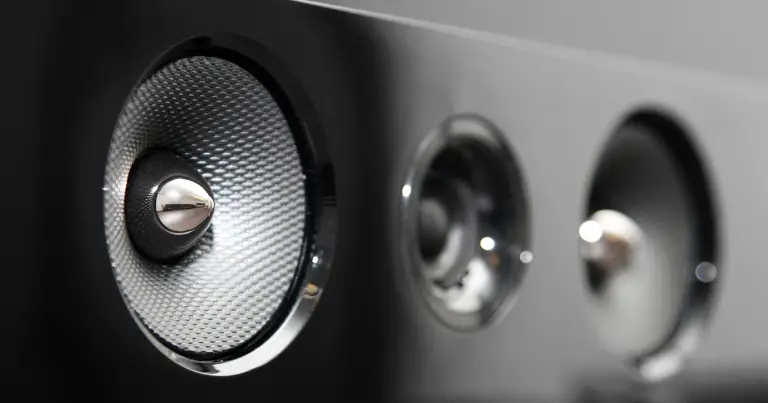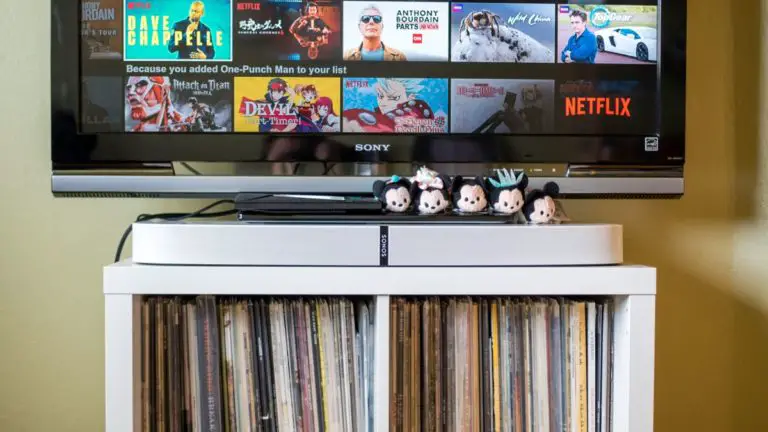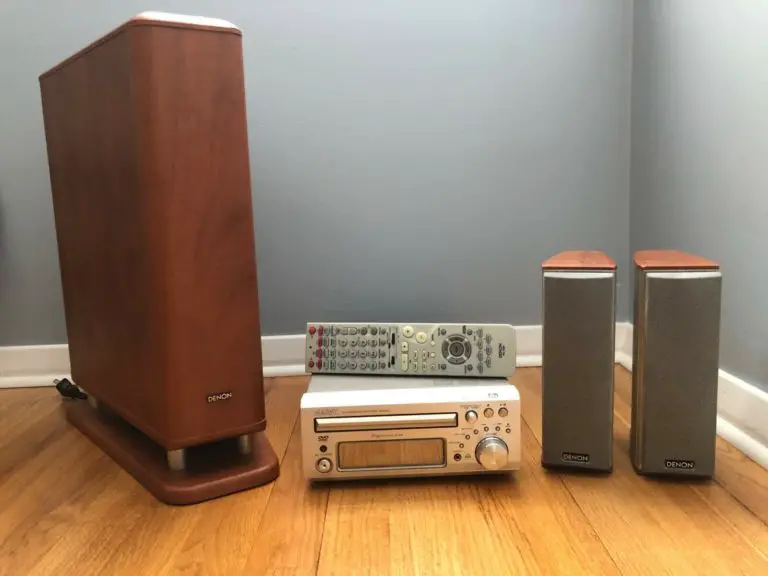Subwoofer Stopped Working But Amp Is On? It’s pretty common for subwoofer speakers to stop working after some time, due to dust particles that build up over the speaker cone. We have tried to resolve why your subwoofer stopped working but the amp light is still on.
Subwoofer Stopped Working But Amp Is On?
The first thing you should do if your automobile subwoofers aren’t working but the AMP is powered is to check your volume level. Check to see whether your subwoofer system is turned off. If this is the case, your subwoofer should perform admirably.
Don’t worry if putting up the level doesn’t help; simply check your inputs. We have come across quite a few subwoofers that have stopped working or are not powering on. Sometimes it is really easy to fix and other times, not so much. We will try to give you the easiest way to fix your problem without buying anything extra.
Easiest Way to Fix
1). Ensure it’s plugged into AC Power – First thing first, make sure that it’s plugged into AC power. The first issue we came across was the woofer wasn’t getting AC power because someone had unplugged it from behind thinking they were doing something else (grin).
2). Verify the voltage coming out of the wall outlet – Check the voltage coming out of the wall outlet with a tester or multimeter. If there isn’t any, go to another outlet in your house.
If possible use one that is on a different breaker. If there is power at that outlet, then check it coming into your subwoofer and make sure the correct polarity is correct.
3). Plug it directly into the wall outlet – Without unplugging your cable from the back of the subwoofer, remove your main speaker wire and plug it directly into the wall outlet you just tested.
Now turn on the amplifier and if everything comes out of standby mode and works fine, you know it’s not an issue with either wood or electrical output within the box itself.
4). Assume it’s something internally that has malfunctioned– if you do have power but no sound, we can assume it’s something internally that has failed (either a blown fuse or internal capacitor).
There is no way to test this without opening up the unit which voids the warranty. We do offer a repair/troubleshooting service but it’s a bit pricey for what it is and the labor involved.
5). Caused by electrical surge – If your subwoofer worked fine in the past, then you have come across another problem that has been known to happen with some models from other brands as well.
It’s actually caused by an electrical surge from either lightning or power surges which zaps the protection circuit within the amplifier section of the unit.
How to fix an internal fault inside your woofer
The damage isn’t normally visible until you open up said unit and can be easily fixed if you know how to solder properly.
Please understand that most issues are going to be due to an internal fault inside your woofer and not a bad amp itself! As stated before, if you have a set of needle-nose pliers and solder guns, then it should be an easy fix.
Remove the main speaker wire from the back of the subwoofer and check your voltage going into your unit. If everything else looks fine but you have no sound, remove the woofers connectors from its terminals and reattach them to a DC voltage meter or a power supply that measures DC output.
You want to test to make sure there isn’t any damage done to terminals inside of it as well as check for continuity between each terminal on your connector(s). This is where those pliers come in. Simply open up each terminal section with said pliers one at a time until all sections are exposed.
(Make sure positive and negative terminal markings are facing the correct way as well as the polarity of your power source) Once you have checked all terminals and they seem to be fine, simply solder each terminal closed again.
Make sure you use enough solder but not too much where it begins coming out of the back or front of your subwoofer.
6). Know your unit’s voltage requirements – Knowing your unit’s voltage requirements beforehand is always recommended. When it comes to subwoofers especially, make sure it’s not plugged directly into a wall outlet (should be plugged into one of those power strip/surge protector outlets).
It’s also best practice to unplug or turn off all electronics within your home that may use electricity(large screen TVs, Game Consoles, DVD players, etc).
while you are playing music at high volumes. Make sure you are plugged directly into a wall outlet, not plugging your subwoofer into an extension cord. Also, try to select the correct input on your stereo receiver as well before powering up.
7). Buy a new subwoofer – If everything seems fine with your woofer’s internal circuitry and there is still no sound on both an AC power outlet as well as a DC voltage test, then it’s time for a new subwoofer. Sorry to say it but that is going to happen sometimes with electronics unless you know how to work with circuits very well.
In our case, we offer more than one type of repair service(mainly on customer’s units that aren’t under warranty).
This includes both full-on mods as well as some circuitry replacement on some models. Without getting into the details of our service, all I can say is we’re able to fix pretty much everything but hard drive failures and motherboard faults.
9). Do research on each specific model – This way you will know more about your products before it even arrives at your front door. If the unit is made in China, then it’s going to be cheaper and require more repairs.
Know what brand of woofer you are buying (JL, MTX, etc) and what amp was used to power it(cheaper amps don’t last as long). We offer a lot of information within our ” Blogs” section of this site that has been very helpful for customers who have emailed us or called into our shop with problems they were having.
Do It Yourself
Did you just upgrade your car’s HiFi system? Did you do it yourself? We all know that after doing an upgrade inside the car, there are some loose ends. One of those is when your subwoofer stopped working, but your amplifier is still on. You might be asking “how to fix this” or “is my amp blew?” don’t worry; we got you covered.
Things Needed
The first things you will need is a speaker wire (preferably on hand) and another sound source like radio/CD player/iPod etc. If the radio works fine, then definitely there isn’t any problem with the speakers or amp.
Fuse Check
The second step in how to fix this is checking the fuse. If your amp is still on, it must be getting power from somewhere. Unplugged or faulty fuses are the main reasons why the amp shuts down. To check if the fuse is blown, remove it and use another one to plug it in again.
If all goes well with your sound system, then that means there was a problem with the fuse itself. There may also be problems when you try to replace them at times especially when they are not blown completely.
Thus, when replacing fuses make sure that they are in good condition so you won’t experience any more issues with your subwoofer stopping working but the amp is on.
Check the Capacitors
The third step in how to fix this is checking your capacitors. Capacitor stores electric Unplugged are also known as condensers in some countries. When checking your car’s capacitors make sure that they are in good condition, or else they might blow up when you try inserting it again onto the amp slot.
Sometimes they may not be able to help when it comes to sound problems, but most of the time changing them will surely solve the problem like when my subwoofer stopped working but the amp is on. Also, check if there is rust or any sign of wearing out when replacing them because sometimes wires won’t even fit properly with corroded slots.
Check the Wire Connections
The fourth step is checking your wire connections at the amp and where you connect it to in your car’s fuse box which is also known as a power distribution center. A bad connection will surely lead to problems like when my subwoofer stopped working but the amp is on.
Make sure that everything fits tightly, for example, the positive is connected properly with the positive, and the negative with the negative.
Check if there are any signs of melting or burning when you connect or disconnect them because this might be an indicator that there are loose connections inside your system which need replacement.
Also check if there are parts in your sound system that are not securely fitted which can cause damage when they fall out or come loose.
If everything is fine at the connections, then it may probably be a broken wire. Wires are usually hidden in your car’s engine bay, but if you feel confident enough to go inside, you can check for broken wires without any help. If there are still problems after checking all these steps, then most likely your amp is blown or faulty and needs replacement.
You will have to consult with experts on how to fix it because twerking might just worsen the situation. It is always best not to touch anything under the hood of your car unless you are an expert in this field.
Conclusion
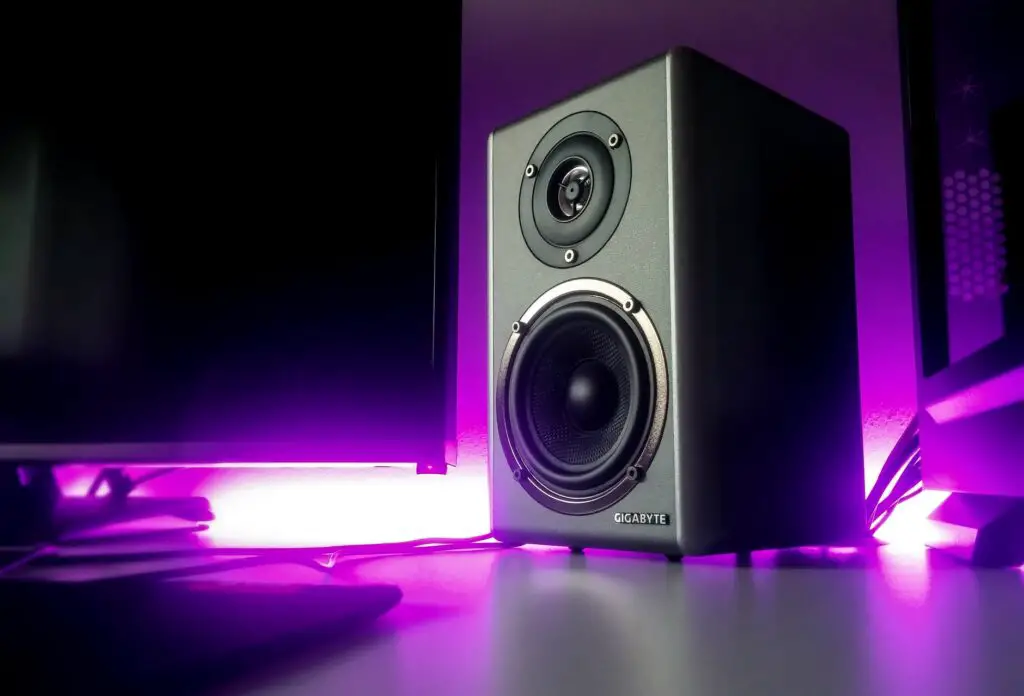
A blown or shorted capacitor will prevent the subwoofer from operating properly and most likely not protect your amplifier from damaging itself.
The blown cap is almost always caused by power supply voltage spikes that are too close to other sensitive areas on the circuit board, causing it to overheat which blows the electrolytic capacitor(s), thus rendering the subwoofer mute.
Replacing these capacitors should fix this problem for you.

